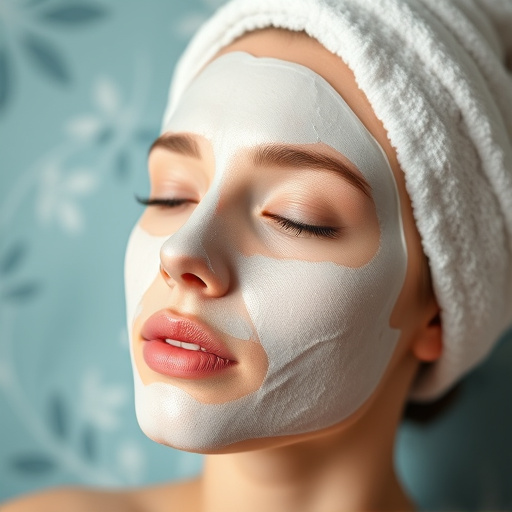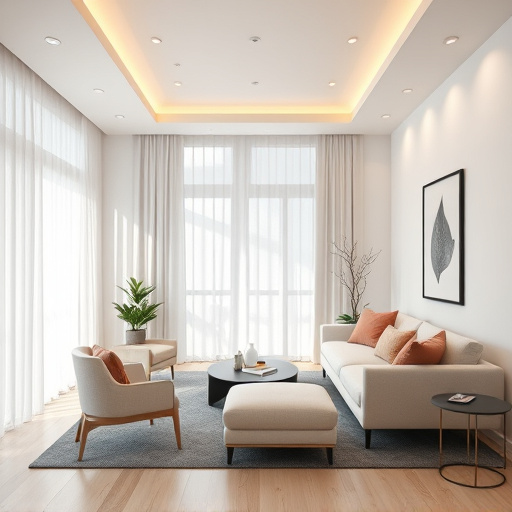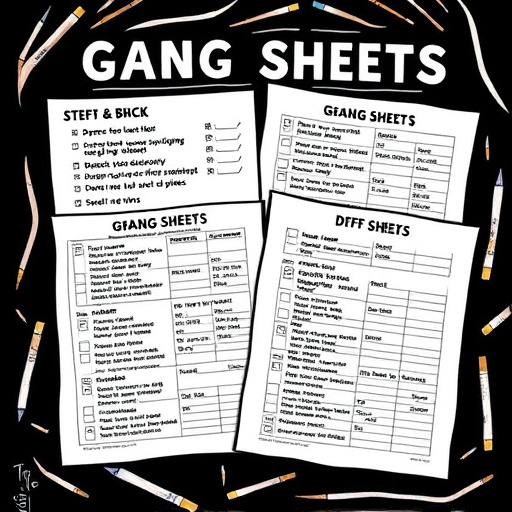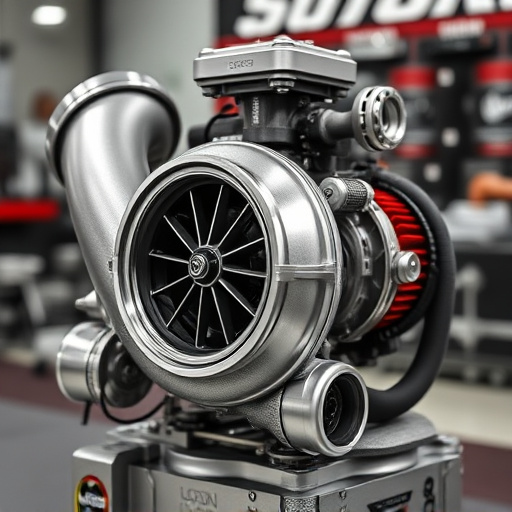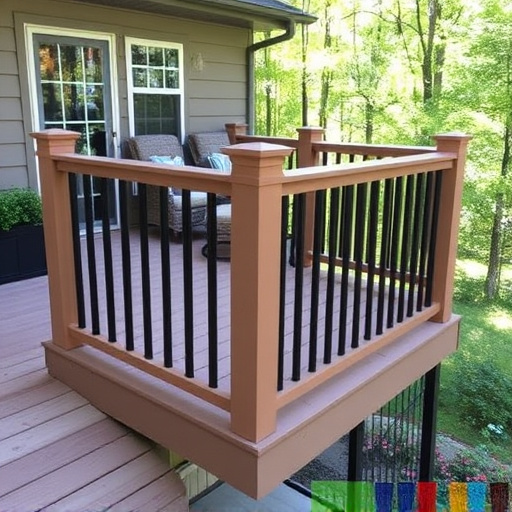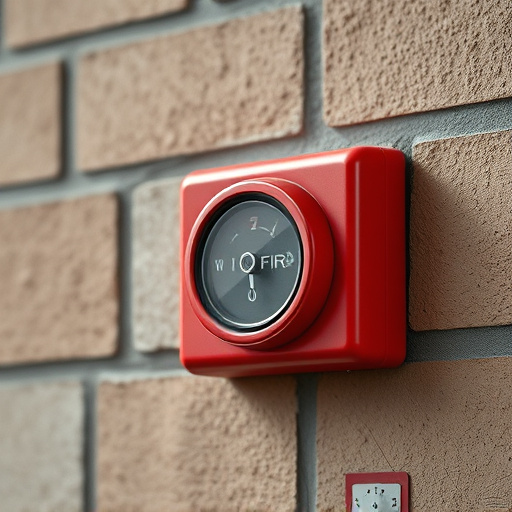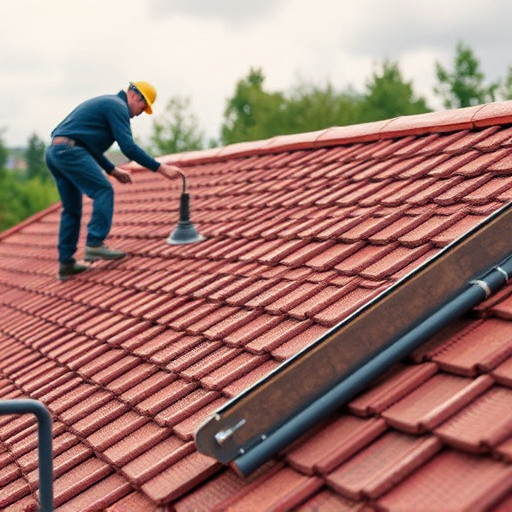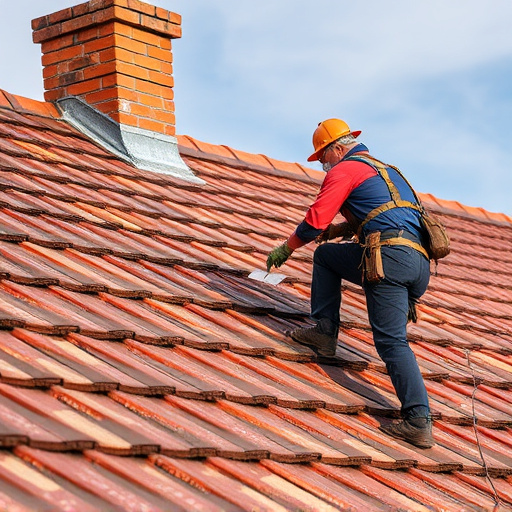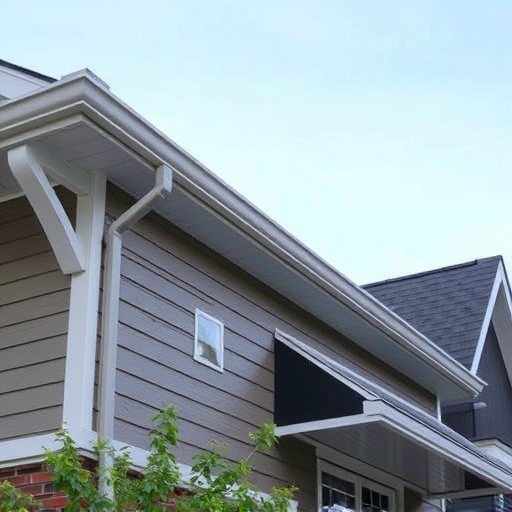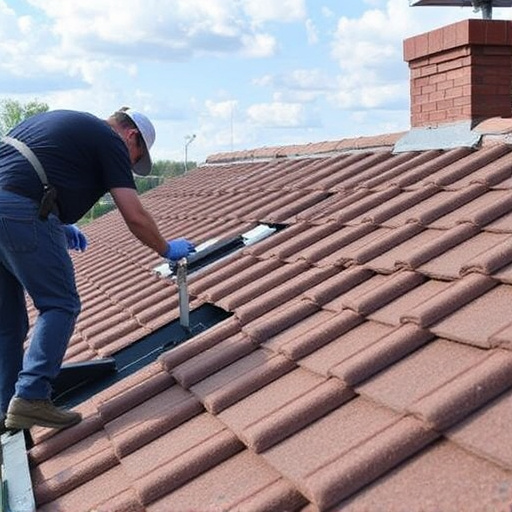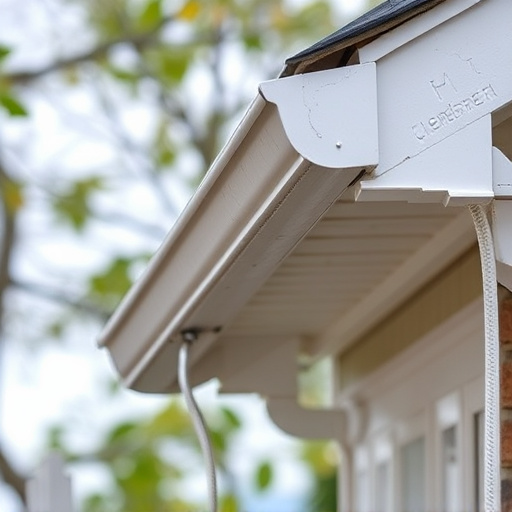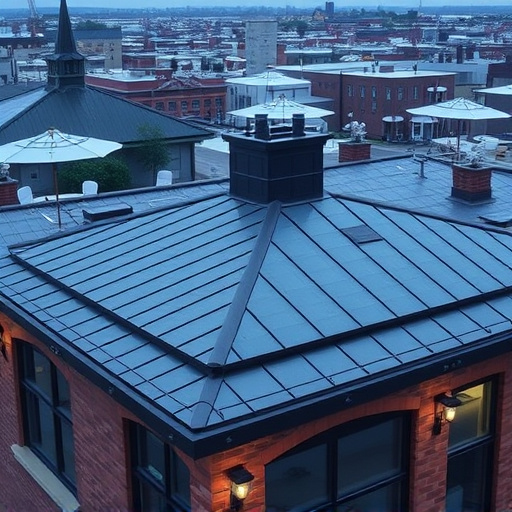Vinyl siding is popular for low maintenance but has limited style options. Wood siding offers classic beauty and customization but requires high maintenance. Fiber cement is a durable, low-maintenance exterior siding option suitable for various architectural styles and climates.
When it comes to enhancing your home’s curb appeal and protecting its structure, choosing the right exterior siding is paramount. This decision impacts not only the building’s aesthetic but also its longevity and energy efficiency. In this article, we explore the pros and cons of three popular exterior siding materials: vinyl, wood, and fiber cement. Each offers unique advantages and challenges, from low maintenance to superior durability, helping you make an informed choice for your home.
- Vinyl Siding: Low Maintenance, Limited Style
- Wood Siding: Aesthetic Appeal, High Upkeep
- Fiber Cement: Durability, Fire Resistance
Vinyl Siding: Low Maintenance, Limited Style
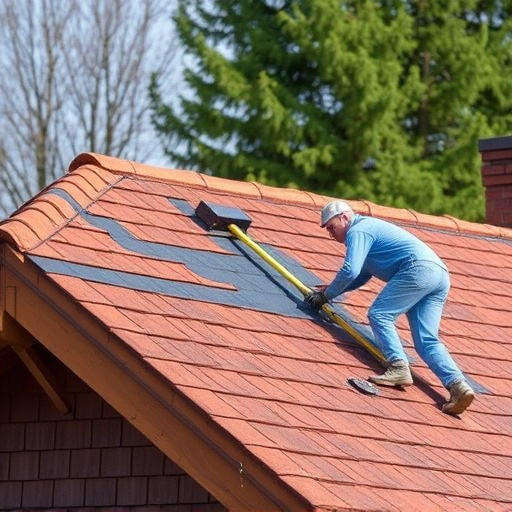
Vinyl siding has gained popularity for its low-maintenance qualities, making it an attractive option for homeowners seeking hassle-free exterior upgrades. This synthetic material is resistant to fading, chipping, and cracking, ensuring a long-lasting and vibrant appearance. Its ease of cleaning further adds to its appeal, as a simple rinse with water and mild soap can remove dirt and grime. However, in terms of style, vinyl siding offers limited options. Standard designs often include imitations of wood or brick, but true customization is challenging compared to other exterior cladding materials.
While it may be low maintenance, the lack of stylistic versatility could be a drawback for those seeking to create a unique and distinctive exterior for their homes. Professional siding installation services can enhance the overall look and ensure proper fit, but choosing vinyl as an exterior siding material may not be ideal for homeowners who want to make a bold aesthetic statement with their roofing and siding choices.
Wood Siding: Aesthetic Appeal, High Upkeep
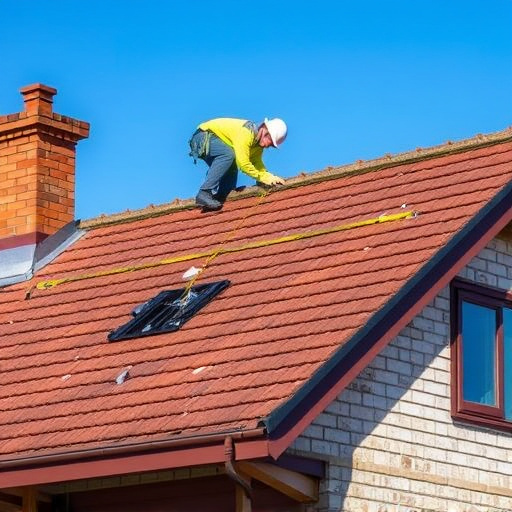
Wood siding offers a classic aesthetic that many homeowners adore. Its natural beauty and versatility make it a popular choice for exterior home improvements, enhancing curb appeal with a warm, inviting look. The wide range of styles available allows for customization to suit various architectural designs, from traditional to modern. However, wood requires significant upkeep to maintain its appearance and protect against storm damage repair. Regular cleaning, sealing, and painting or staining are essential to prevent rot, fungal growth, and pest infestations. Despite these high maintenance requirements, many homeowners appreciate the timeless appeal of wood siding, which can increase property value and provide a distinct character to their homes.
Fiber Cement: Durability, Fire Resistance
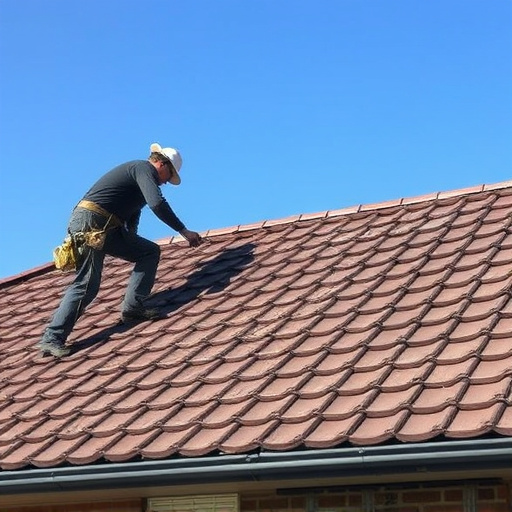
Fiber cement is a highly durable exterior siding option known for its exceptional resistance to weathering, making it a popular choice for both residential and commercial roofing and siding applications. This material’s fire-resistant properties are another significant advantage, as it can withstand high temperatures without sustaining damage, contributing to its longevity. Moreover, fiber cement is resistant to rot, mold, and insects, eliminating the need for frequent repairs or replacements typically required with other siding types.
Unlike traditional materials that may require regular maintenance, fiber cement remains consistent over time, saving homeowners and business owners alike significant costs and effort in the long run. This low-maintenance exterior siding also offers a wide range of aesthetic options, from textures and colors to imitations of wood or stone, allowing for customization to match any architectural style, including historic buildings where maintaining original appearances is essential. With its versatility and durability, fiber cement stands as a reliable choice for those seeking long-lasting protection for their commercial siding and gutters while enhancing the curb appeal of their properties.
When choosing an exterior siding material, each option offers unique benefits and drawbacks. Vinyl siding stands out for its low maintenance demands and cost-effectiveness, yet it lacks customization. Wood siding delivers aesthetic charm but requires regular upkeep and is susceptible to rot and pest damage. Fiber cement siding combines durability and fire resistance with a wide range of styles, although installation can be more complex and costly than vinyl or wood. Ultimately, the best exterior siding material depends on individual preferences, budget, and the specific needs of your home.

